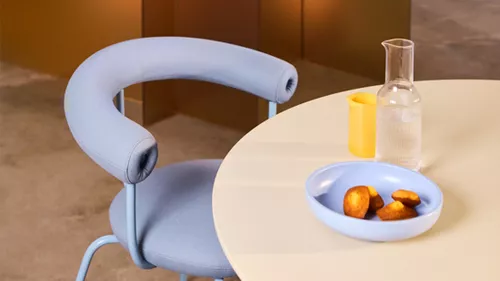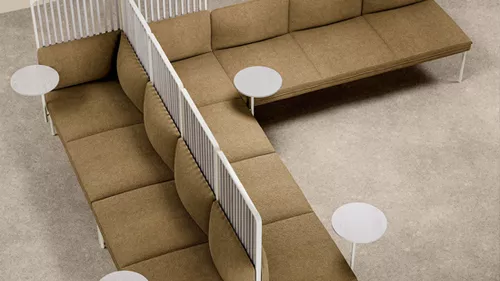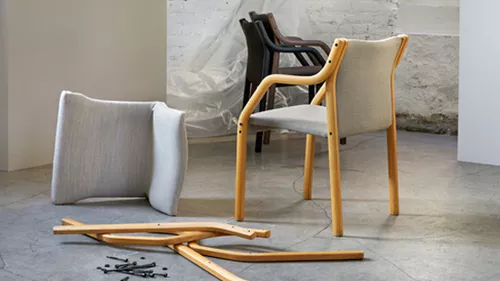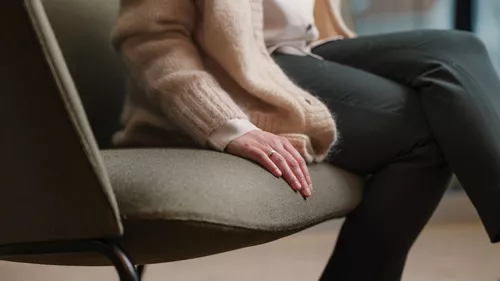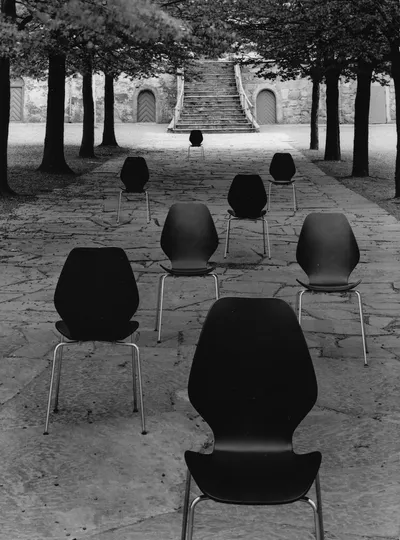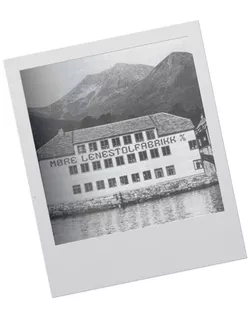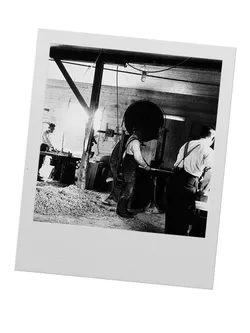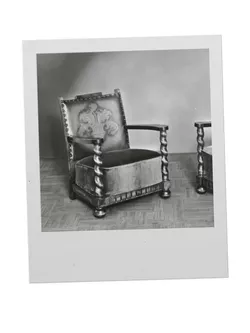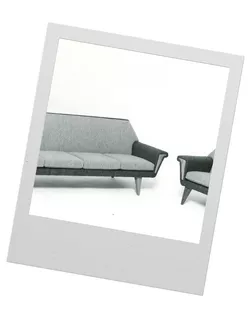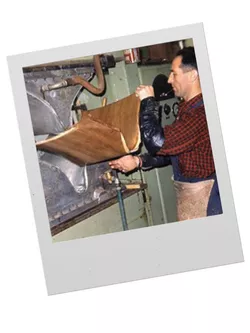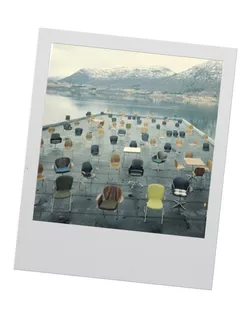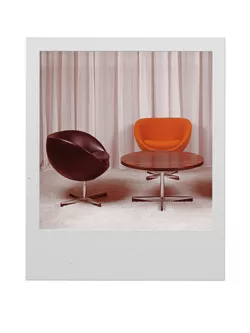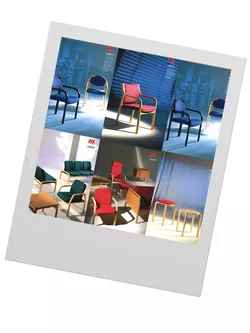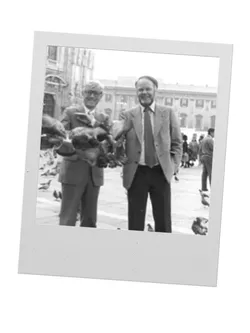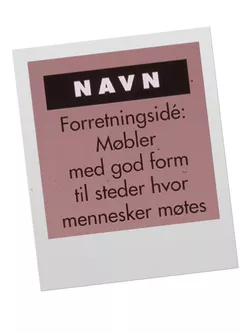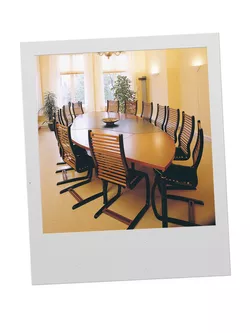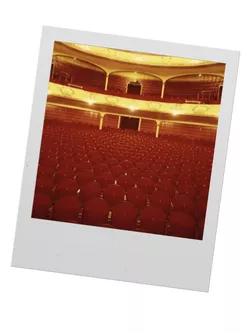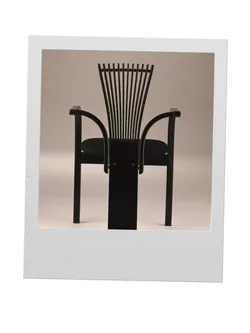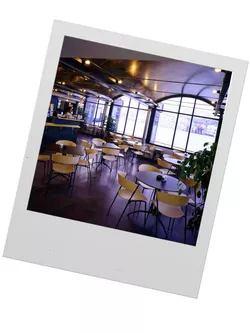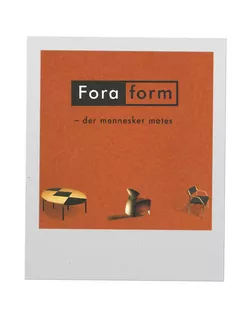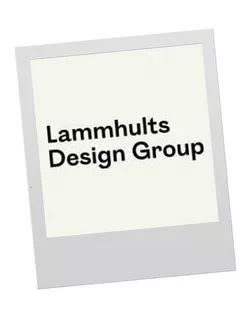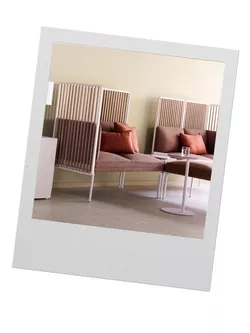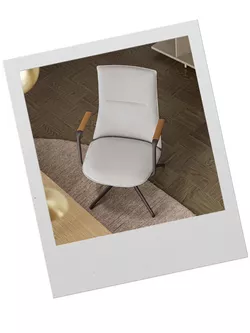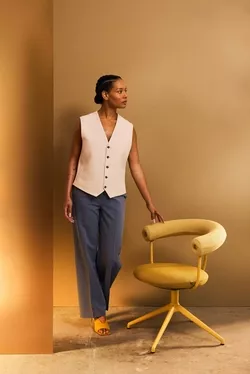Our history
Our history dates all the way back to 1929, and ever since then, our factory and main base have been located in the small Sunnmøre village of Ørsta. Initially established as Møre Kurvmøbelfabrikk, the company changed its name to Møre Lenestolfabrikk AS in 1931. In 1975, the name changed to Møremøbler AS, and since 1997, we have been known under the company name Fora Form.
The vision and business idea have always been the same: "To create furniture with good design for places where people meet." Our history helps define who we are and where we are going. Since transitioning from wicker furniture to armchairs, we have supplied products to public spaces and workplaces, and this remains our most significant target market to this day.
From wicker furniture to public spaces:
Fora Form has delivered products to workplaces and public environments for over 90 years. This has been achieved through the strategic use of designers and the unique qualities inherent in designers' problem-solving skills. There is little doubt that this decision has been one of the most essential reasons why Fora Form celebrated its 90th anniversary in 2019.
Each product in our collection has its own story to tell. Every item has solved a function in its time, adapting to the interaction between people, society, or the environment of that era. As you can see in the carousel above, society, art, and culture have also influenced how Fora Form has approached furniture production for nearly 100 years.
